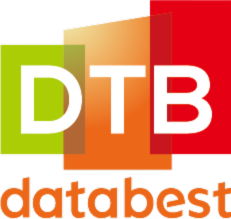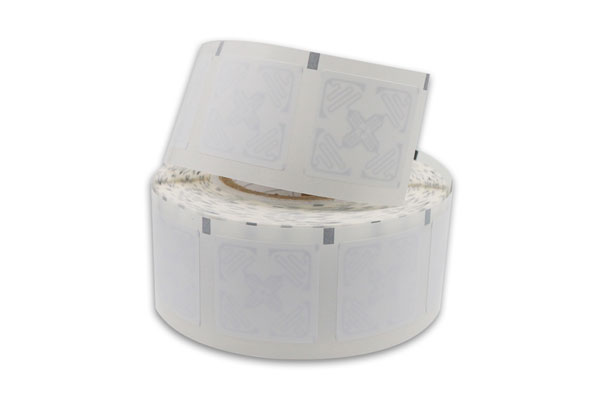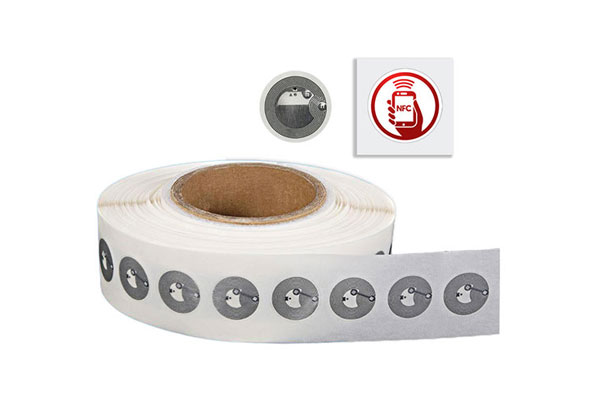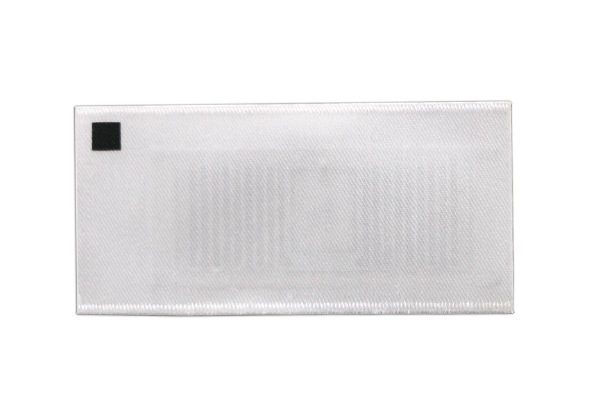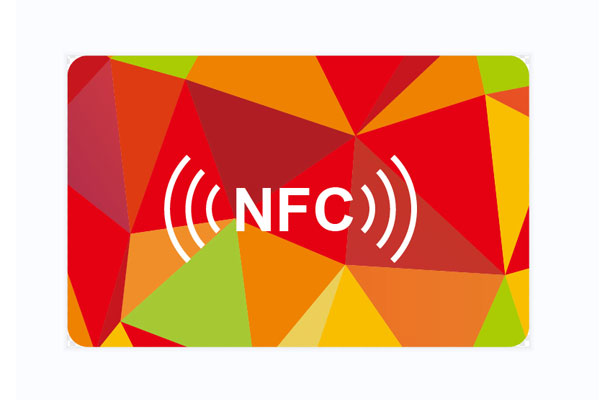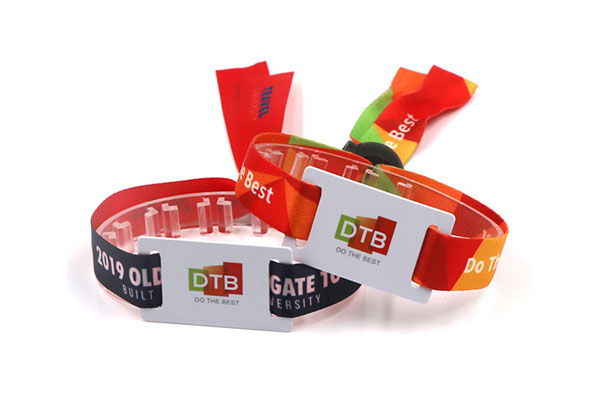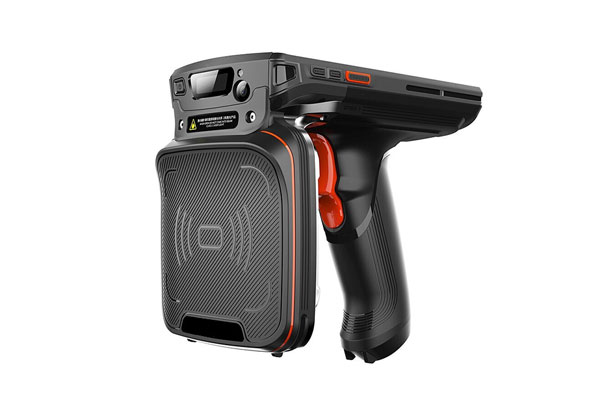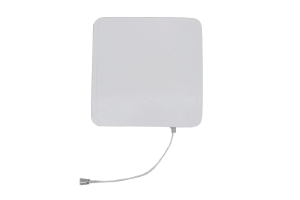Before the advent of ARC testing, RFID tag manufacturers produced tags under industry standards like EPCglobal, conducting internal tests without considering end-user requirements.
The testing of RFID tags from different manufacturers either relies on end-users or unrelated manufacturers/companies.
Since 2010, the Arkansas Radio Compliance (ARC) laboratory, part of the RFID Research Center in Arkansas, USA, has been providing certification and testing for Ultra-High Frequency (UHF) RFID tags.

The center later relocated to Auburn University and collaborated with multiple teams.
ARC certification aims to test RFID tags relevant to market and application environments, ensuring they meet or exceed the performance and quality levels required by end-users.
ARC Operational Mechanism
ARC collaborates with end-users in retail, aviation, and manufacturing to define performance and quality requirements for their use cases and deployments (Spec). These specifications are the necessary criteria for RFID tags to reliably perform in deployment.
The ARC-maintained database stores comprehensive performance and quality data for available RFID tags in the market. By comparing Spec with database information, a list of tags meeting end-user requirements can be quickly generated.
Inlay manufacturers send new tags to ARC before market release. ARC measures tag performance, compares it with all Specs, and if the tag meets the requirements, it is added to the approved tag list.
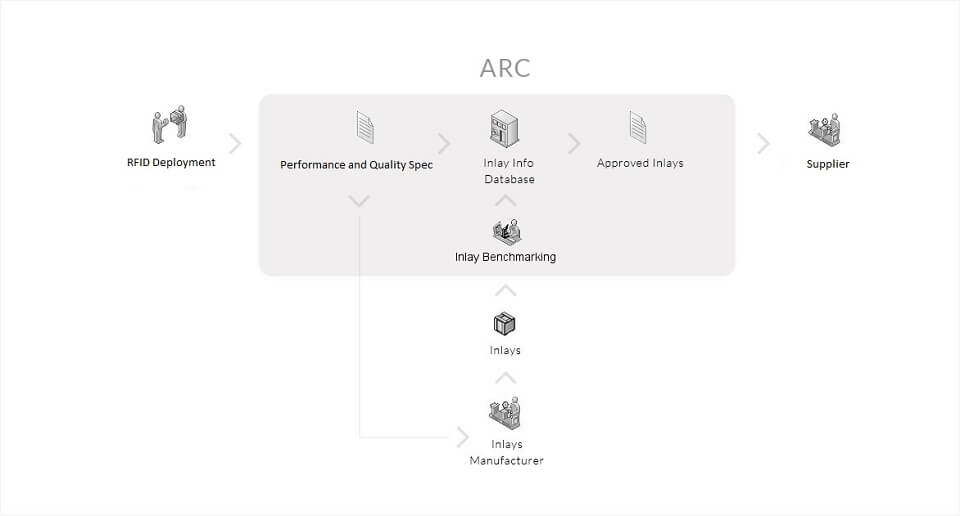
Below is the currently approved list:
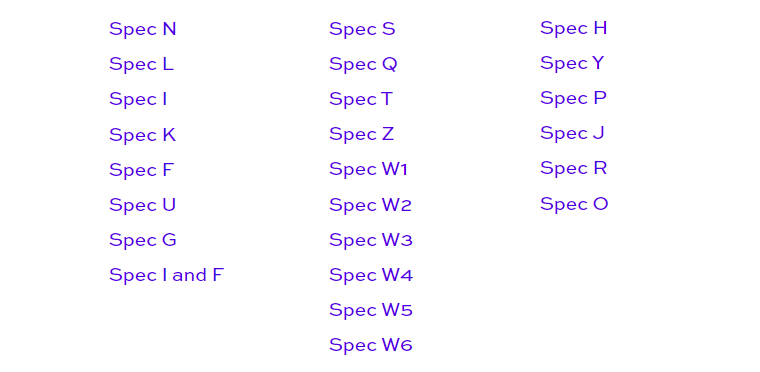
Walmart RFID Plan
In the ongoing phased plan for RFID system applications by large retailers like Walmart, ARC certification is a necessary basis for RFID tag selection.
1) What is Walmart’s RFID Plan?
Starting from September 2, 2022, all Walmart suppliers providing toys, home goods, electronics, and sports equipment must equip each item with UHF RFID tags.
This is an extension of their early RFID plan introduced in 2020, requiring products in other departments like apparel, jewelry, and tires to use RFID chips for tagging.

2) Why is Walmart Implementing RFID?
Walmart stores and distribution centers handle extensive product inventories daily, and even minor inaccuracies in inventory can quickly result in thousands of dollars in losses.
In 2013, Walmart suffered a $3 billion loss in revenue, attributed in part to inefficient inventory management processes at the time.
Incorporating RFID technology at the product level provides Walmart with a solution to inventory errors, improves inventory management processes, and facilitates faster delivery of more products to customers.
3) Benefits Derived
For Walmart and other retailers, the primary benefits of using RFID technology at the product level include:
Creating a better shopping experience: RFID tags in the retail industry enable sales personnel to easily locate inventory items for customers and more accurately replenish stock.
Improving transportation accuracy: RFID tags enhance sorting and packaging accuracy, reduce fulfillment time, and track items during transportation to customers.
Enhancing restocking efficiency: Retailers can better understand the optimal time to reorder regular stock items, prevent overstock build-up, and replenish out-of-stock items more quickly.
Conclusion
In the development of Industry 4.0, an increasing number of manufacturers and retailers recognize the heightened importance of visibility into inventory (parts, tools, operations) within the supply chain. The self-evident importance of RFID tags with standard performance, as certified by ARC, is evident.
